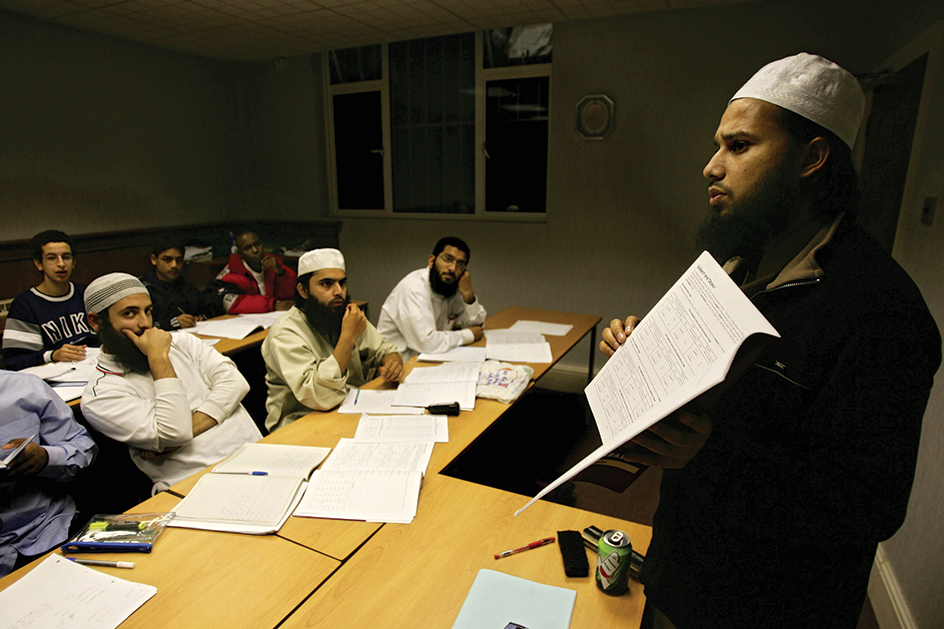Arabic language is one of the world’s most widely used languages. It is the official language of many Arab nations in the Middle East and northern Africa, including Egypt, Iraq, Jordan, Lebanon, Saudi Arabia, and Syria. It is also a major language in international business and politics.
There are two types of Arabic, spoken and written. Spoken Arabic, which is sometimes called vernacular Arabic, consists of dialects in different areas of the Arabic-speaking world. These dialects can be roughly divided into Gulf, Iraqi, Levantine, Maghrebi, North Egyptian, Saudi, South Egyptian and Sudanese, and Tunisian. These dialect areas can be subdivided further. Written Arabic, which is sometimes called classical Arabic, serves as the standard written language of all Arab nations. It is the descendant of the language of the Qur’ān, the sacred book of the Islamic religion. Arabs use a spoken form of written Arabic for radio and TV news broadcasts, and in plays and motion pictures. This form also serves as a common spoken language for Arabs who speak different dialects.

Arabic belongs to the Semitic language groups, and is thus related to Aramaic, Hebrew, and Ethiopic. The Arabic alphabet has 28 symbols. The alphabet is written from right to left or from the top of the page to the bottom. Many English words come from Arabic. They include algebra, check, checkmate, lute, magazine, and tariff.
No one knows when Arabic originally developed, but people of the Arabian Peninsula were the first to use it. During the A.D. 600’s, Islam spread throughout southwestern Asia and northern Africa, and the Arabic language was introduced in these areas.
See also Arabic literature ; Arabs (Language) ; Qur’ān ; Semitic languages.
